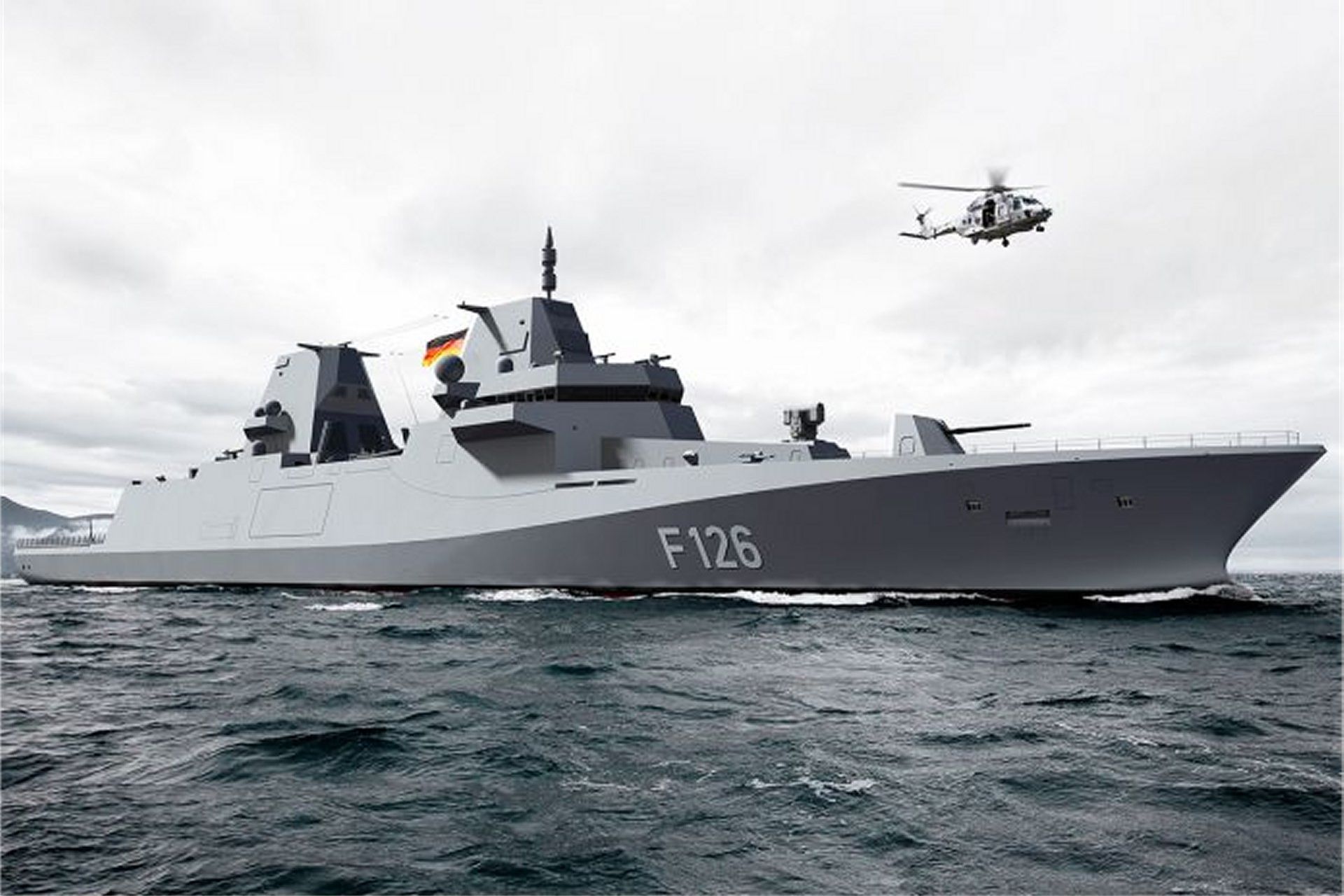Breaking news
German Navy expands CBRN capabilities with advanced detection systems for F126 frigates.
According to a PR published by Bertin Environics on September 10, 2024, the leading provider of CBRN (Chemical, Biological, Radiological, and Nuclear) detection technology, has secured an order for two additional CRN systems from Damen Naval, the Dutch shipbuilder responsible for constructing the German Navy's new F126 frigates.
Follow Army Recognition on Google News at this link

Artist rendering of a future F126 frigate. (Picture source: Damen)
The German Navy is set to receive six F126 frigates over the next seven years. Measuring 166 meters in length and displacing up to 10,000 tonnes, these ships will be the largest in the fleet. The introduction of these advanced frigates is seen as a significant step in enhancing the navy’s operational capabilities, especially in handling CBRN threats.
Bertin Environics’ contribution includes the latest X-System, which features multiple ChemProX-DS chemical detectors and RanidX radiation detectors. The ChemProX-DS combines chemical detection with monitoring functionality, allowing the real-time status of all connected devices to be viewed through a centralized interface. The RanidX detector, meanwhile, offers precise gamma and X-ray radiation monitoring, even at low levels. The modular X-System can be further enhanced with biological detectors and the EnviScreen system software, creating a comprehensive CBRN solution from a single supplier.
CBRN issues
Chemical, Biological, Radiological, and Nuclear (CBRN) defense is a critical concern for modern navies, given the evolving nature of threats in these domains. Naval forces are particularly vulnerable to CBRN attacks due to the enclosed environments aboard ships, where contamination can spread rapidly and affect both personnel and operational capacity.
One major challenge is maintaining collective protection systems aboard vessels. These systems are designed to filter and control air within designated protected zones, such as the combat information center or medical facilities.
Additionally, training gaps remain a significant issue. While sailors receive some basic CBRN defense training, the lack of periodic refresher courses and specialized personnel onboard limits readiness. Many sailors, particularly those on shore duty, have limited exposure to CBRN scenarios, leaving them vulnerable in the event of an attack. The U.S. Navy, for example, lacks a dedicated CBRN defense career path, unlike other branches, which hinders long-term expertise development.


























